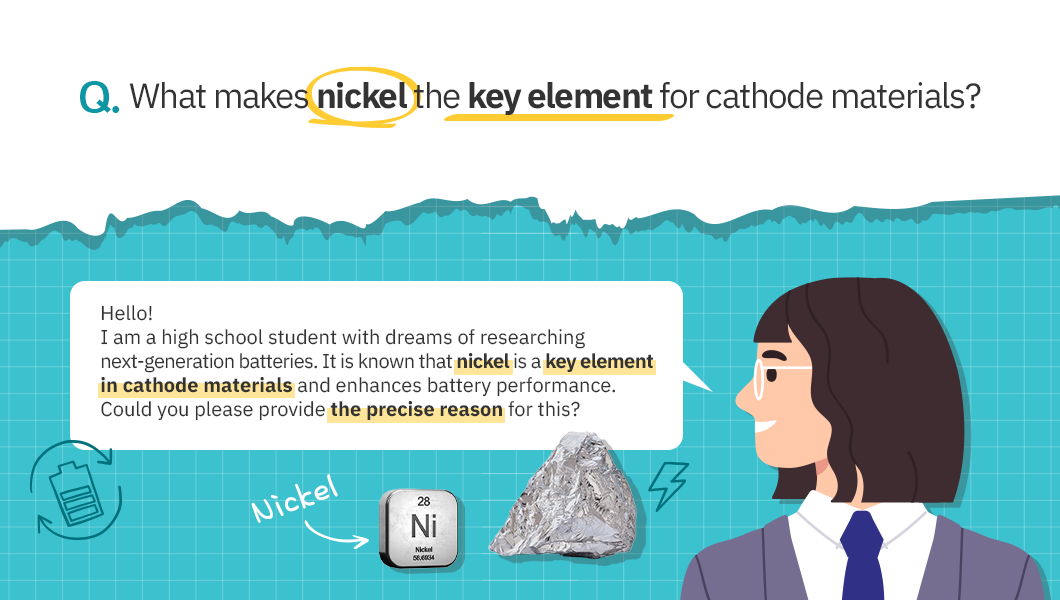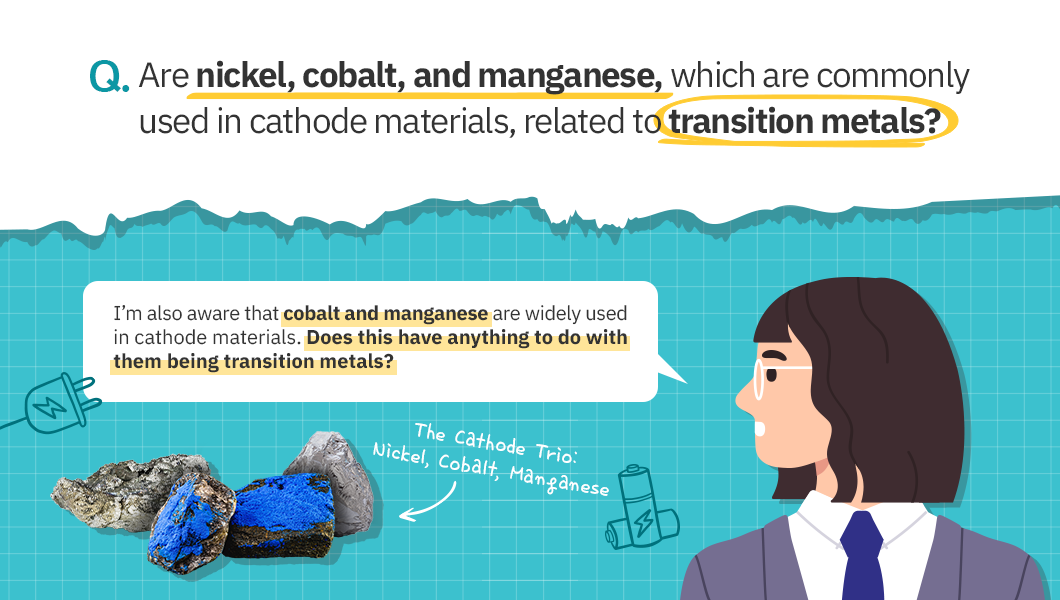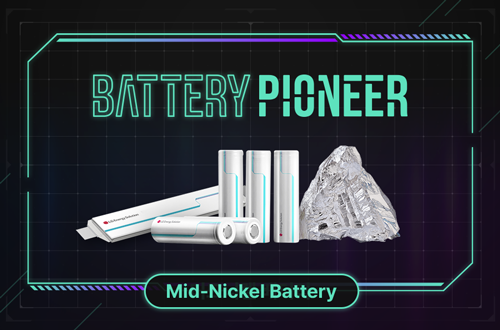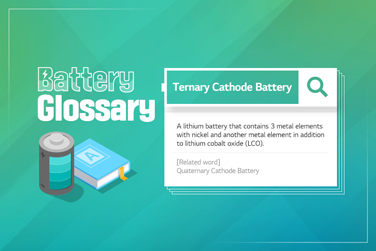
“What are lithium-ion batteries composed of?” “What role does the cathode material play?” “What chemical reactions occur when the battery is being charged?”
Batteries are essential in daily life. LG Energy Solution answers all your questions about batteries! In our first session, we will hear from Chi-Ho Jo of the Cathode Material Development Team 1, explaining why nickel is a key element in cathode materials.

Nickel is a core component in ternary cathode active materials such as NCA (Nickel, Cobalt, Aluminum) and NCM (Nickel, Cobalt, Manganese) series. Nickel is a key element in cathode active materials because it determines the energy density of the battery cell. The capacity of the cathode active material is important in increasing energy density. In this regard, Nickel takes on the primary responsibility for expanding this capacity. Therefore, nickel is an indispensable component in cathode materials.
Hence, you might think that increasing the nickel content would allow for a greater capacity. However, it’s not always feasible to unconditionally increase nickel content.
The first reason is that nickel induces structural instability. During battery charging, nickel oxidizes into a 4+ state. At this point, the tetravalent nickel ion (Ni⁴⁺) causes chemical instability. Through oxidation reactions with the electrolyte, nickel oxide is formed on either the entire surface or parts of it. This soon results in the formation of an inert structure, which is unreactive and resistant to chemical change, leading to the degradation of the cathode material.
Furthermore, the second reason for not unconditionally increasing nickel content is that it significantly reduces thermal stability. The bonding energy between nickel and oxygen (O) is relatively weak compared to other elements. This is due to its tendency to move towards a stable structure while releasing heat. Therefore, researchers are developing techniques involving appropriate coating and doping methods to enhance thermal stability and explore further improvements.

To determine its relevance to transition metals, we first need to examine the required properties of the cathode active materials.
Required properties consist of two aspects. The first is that the cathode active material should be stored lithium within its lattice structure. In simpler terms, it should allow for intercalation, where molecules, atoms, or ions can be inserted between the material’s layers, and deintercalation, where ionic crystals can exit.
The second characteristic is that the cathode active material must be lightweight and have a high density per unit weight. Nickel, cobalt, and manganese are classified as 3d transition metals. In this case, they have higher redox potentials than 4d and 5d transition metals and are relatively lightweight and small. This makes them advantageous in increasing cell energy density per unit weight or unit volume. Hence, nickel, cobalt, and manganese are commonly used in cathode materials.
Learning all about batteries through “All about Battery”! In this session, we explored the characteristics of the nickel element and its role in cathode materials. If you have any questions about batteries, LG Energy Solution is here to answer them anytime.





